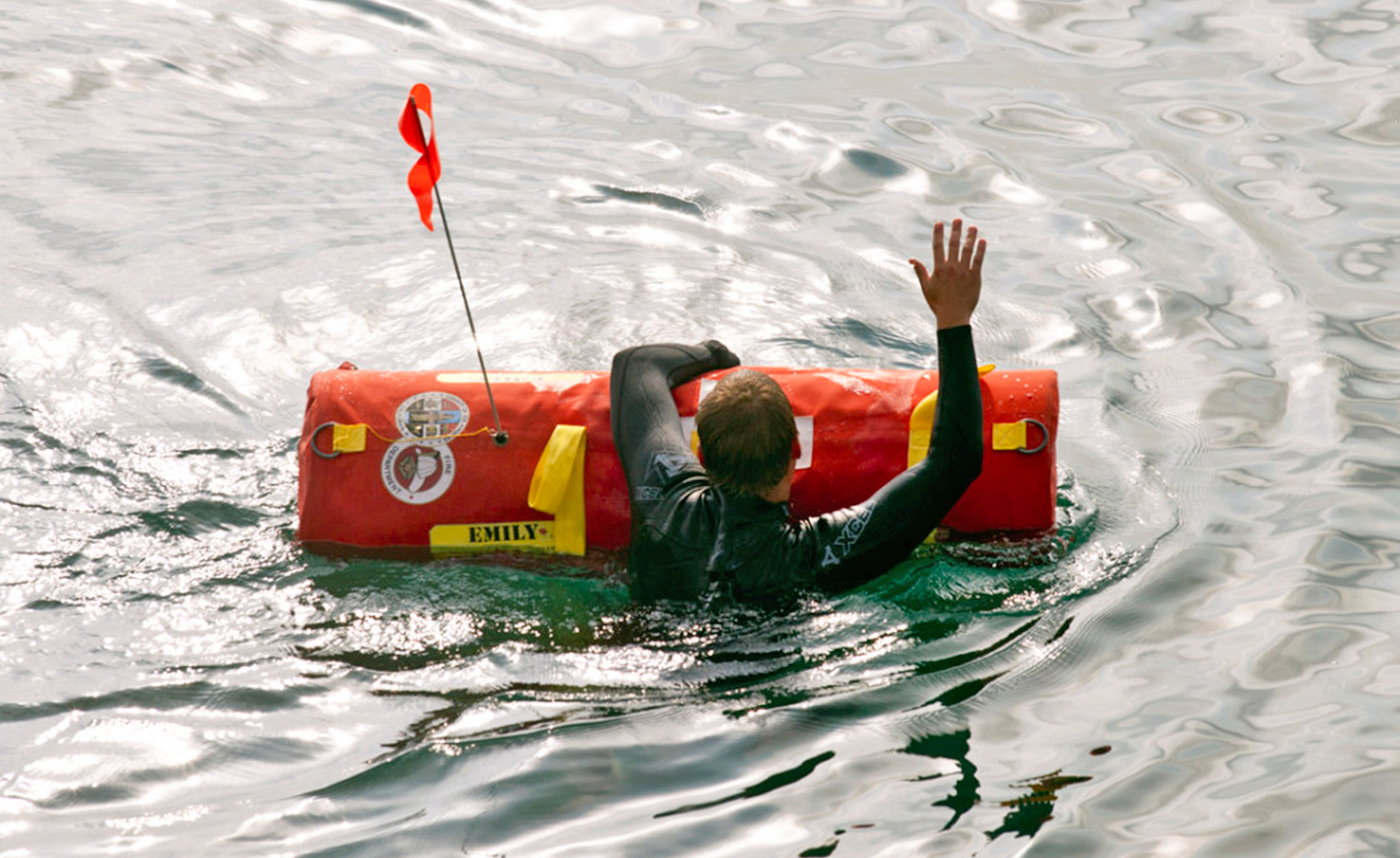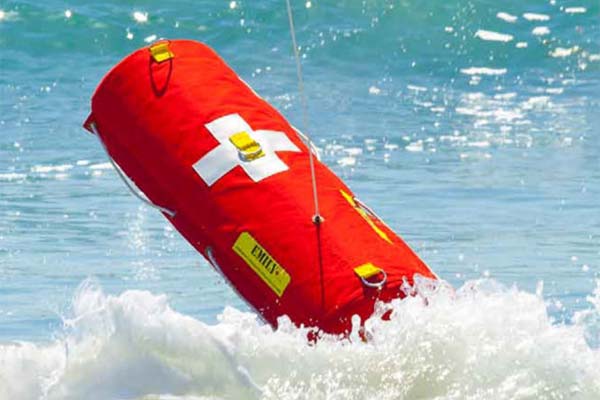Funded by the United States (U.S.) Navy, EMILY is a new fast-swimming robot lifeguard that has already saved 300 Syrian refugees from drowning in the waters off the Greek island of Lesbos.

The machine’s name stands for Emergency Integrated Lifesaving Lanyard, and was developed by a collaboration between the Navy and Tony Mulligan, the CEO of the maritime robotic company, Hydronalix. The partnership was formed in 2001 to develop a drone to monitor whales and continued to evolve until leading to EMILY.
In the robot’s current form, it has two-way radios that rescuers can use to talk to the people stranded in the water. EMILY has a video camera that sends live feeds to responders’ phones and lights for night rescues. The four-foot 25-pound remote-controlled robot can travel up to 22mph. Its most notable feature may just be how durable it is: EMILY can be thrown off helicopters and do fine, thanks to Kevlar and aircraft-grade composite components.

The bright orange and yellow cylindrical device is powered by an electric motor that shoots out a water jet stream for propulsion, similar to how a mini-jet ski operates. Its motors were upgraded to push through stronger currents, and approximately eight people can grab on to EMILY at a time, who will then be reeled back to shore or to a boat by a 200-foot line that the robot can carry to the rescue area.
The Navy demonstrated its latest version of the robot at its Naval STEM Expo and Sea-Air Exposition on May 15-16, 2016. Hydronalix has sold numerous EMILYs to navies, coast guards, and search-and-rescue units in South Korea, Indonesia, Singapore, Japan, Britain, France, Mongolia, Brazil, Mexico, Greece, and the Hong Kong harbor police.
Advertisement
Learn more about Electronic Products Magazine





